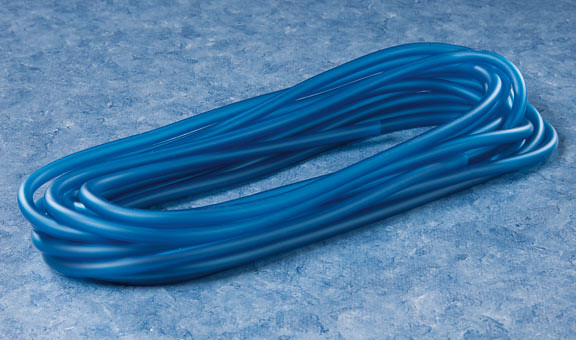Introduction
Silicone hoses are a critical component in a wide range of industries, from automotive and aerospace to pharmaceuticals and food processing. These versatile hoses are known for their exceptional durability, flexibility, and resistance to extreme temperatures. But have you ever wondered how silicone hoses are produced? In this blog, we’ll take a deep dive into the fascinating world of silicone hose production.
The Basics of Silicone
Before we delve into the production process, let’s understand the fundamental material used: silicone. Silicone is a synthetic polymer made up of silicon, oxygen, carbon, and hydrogen atoms. It is prized for its excellent heat resistance, flexibility, and resistance to various chemicals. These qualities make silicone an ideal choice for hose manufacturing.
The Silicone Hose Production Process
- Raw Material Selection: Silicone hoses start with the careful selection of raw materials. High-quality silicone polymers are chosen based on the desired properties of the final product. These materials are typically in the form of silicone rubber.
- Compounding: To enhance the properties of the silicone, various additives are mixed into the silicone rubber. Common additives include reinforcing agents, heat stabilizers, colorants, and curing agents. The precise composition depends on the hose’s intended use.
- Mixing: The silicone rubber and additives are thoroughly mixed to create a homogenous compound. The mixing process ensures that the additives are evenly distributed throughout the material.
- Extrusion: The mixed silicone compound is then fed into an extrusion machine. This machine uses heat and pressure to force the silicone through a specially designed die, shaping it into the desired hose profile. The extrusion process allows for the creation of hoses with different sizes and shapes.
- Vulcanization: After extrusion, the silicone hose undergoes vulcanization. Vulcanization is a heat-curing process that transforms the soft silicone compound into a durable, elastic material. During this process, the hose is exposed to high temperatures in an oven or autoclave for a specific period, activating the curing agents.
- Cooling and Inspection: Once vulcanized, the silicone hose is rapidly cooled to stabilize its properties. It is then inspected for defects, ensuring that it meets quality standards.
- Cutting and Packaging: After passing quality checks, the hoses are cut to the desired lengths and packaged for distribution. Some hoses may undergo additional processes such as reinforcement with fabric or wire, depending on their intended use.
Quality Assurance
Quality control is a crucial part of silicone hose production. Manufacturers perform various tests, including pressure tests, to ensure the hoses can withstand their intended applications. Visual inspections are also conducted to identify any surface imperfections.
Applications of Silicone Hoses
Silicone hoses find applications in diverse industries, including:
- Automotive: Used for coolant and intake systems.
- Aerospace: Vital for aircraft and spacecraft fluid transfer.
- Food and Beverage: Ideal for conveying liquids and gases in food processing.
- Medical: Used in medical devices and equipment.
- Industrial: Employed in various industrial processes.
- HVAC: Essential for heating and cooling systems.
Silicone hose production is a meticulous process that combines science, engineering, and craftsmanship. The resulting hoses offer exceptional performance, reliability, and versatility, making them indispensable in numerous industries. Understanding the science behind silicone hose production helps us appreciate the engineering marvels that enable us to transport fluids and gases safely and efficiently in a wide range of applications.

